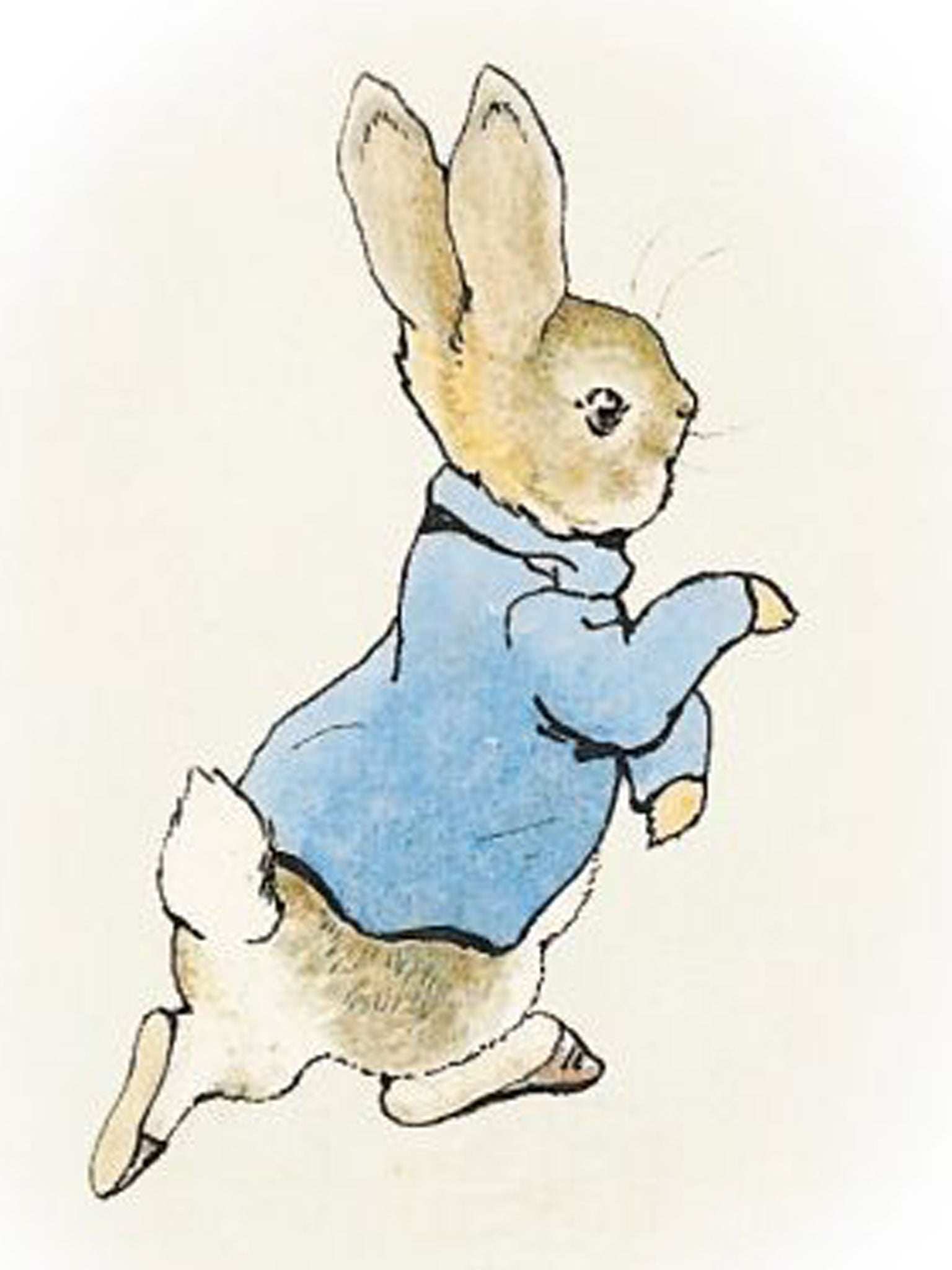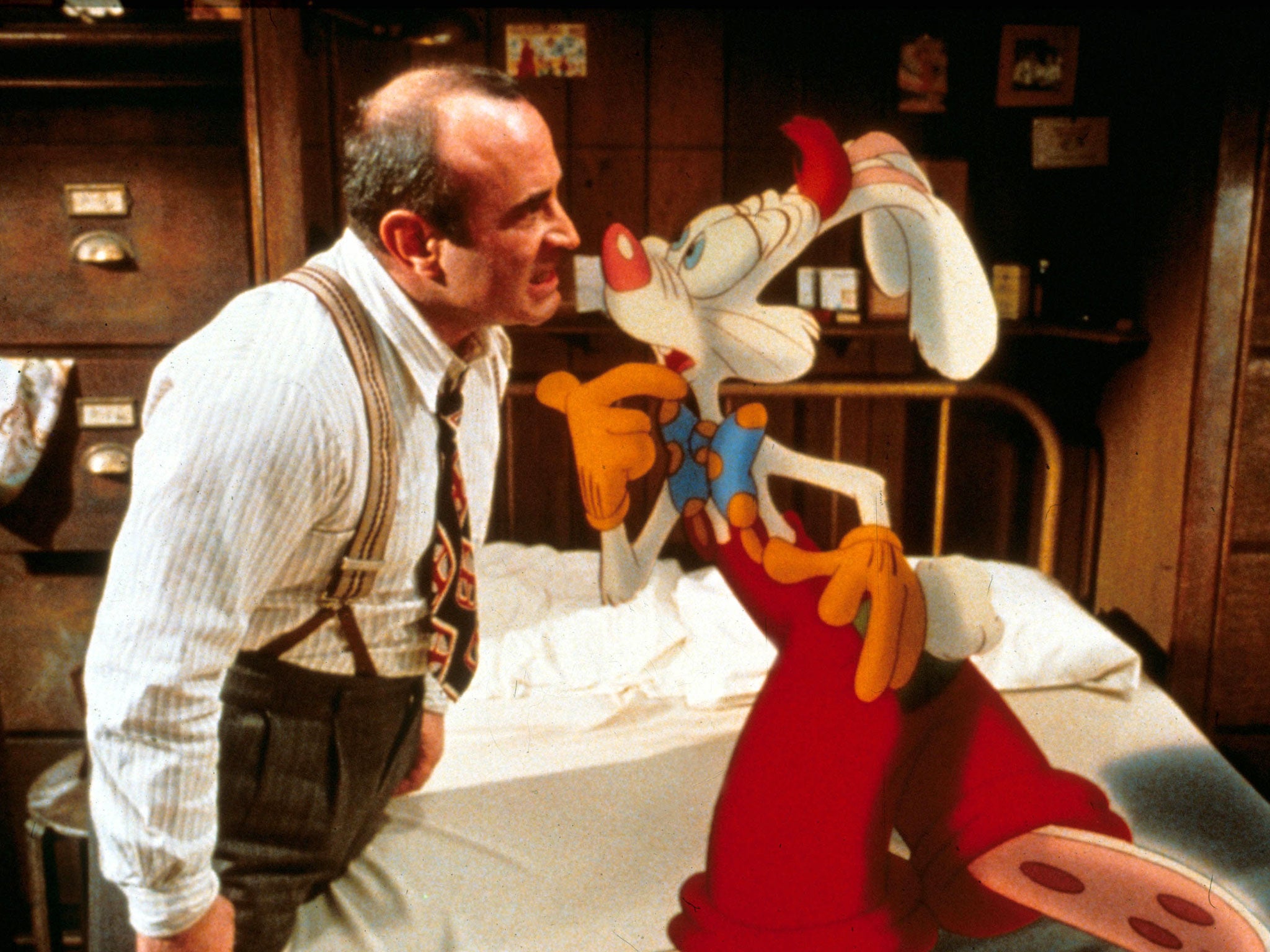Zootropolis: Disney's Judy Hopps is the latest in a long line of bunny heroes
Ambitious and fluffy, the buck-toothed heroine is being hailed as a new role model for girls. Chloe Hamilton goes on the trail of the fictional cotton-tails that have burrowed into our hearts
When it came to naming my pet rabbit last year, there was only ever one name in serious contention. As a child, Peter Rabbit was my favourite storybook character. Beatrix Potter's colourful creation was mischievous, disobedient and dashing in his little sky blue jacket. My mini-lop is almost as naughty as his namesake, although I haven't bought him a tiny coat. Yet.
Had I been so minded, though, there were plenty of other fictional rabbits I could have named my bunny after. From Peter to Roger via Bugs and Thumper, rabbits have long been a source of inspiration for animal-mad creatives.
It's somewhat predictable, then, that new Disney film Zootropolis (out on Friday) centres on a bold young bunny named Judy Hopps. Judy dreams of becoming the first rabbit to serve in the police force of animal city Zootopia and nothing – not even her foxy friend Nick Wilde, a small-time con artist – will get in her way. Like Peter before her, Judy wears a snazzy blue outfit, the only difference being that hers comes with handcuffs and a stab vest. The ballsy bunny is being hailed as a new role model for girls, a career-driven woman (well, doe) determined to succeed. Dreary Disney princess she is not.
But where did it all begin? Lewis Carroll's White Rabbit, who appears at the very beginning of Alice's Adventures in Wonderland, was one of the very first fictitious rabbits. The White Rabbit leapt onto the page in 1865, with his ticking watch and the now-famous words "Oh dear! Oh dear! I shall be too late!", to lead Alice down the rabbit hole and into Wonderland. He's twitchy and nervous, as rabbits tend to be, and in Tim Burton's 2010 film adaptation he was portrayed as a sinister sleuth.

But it was Peter Rabbit who – with a hop, skip, and a jump – secured the rabbit's place in literary history. Peter, who was named after Potter's childhood pet Peter Piper, first appeared in The Tale of Peter Rabbit in 1902 and is now set to grace the front of a 50p coin, marking 150 years since the author's birth. A little boy rabbit, Peter is badly behaved and cheeky, shunning a day out blackberry picking with his mother (Mrs Josephine Rabbit) and sisters (Flopsy, Mopsy and Cotton-tail) in favour of exploring the evil Mr McGregor's forbidden garden, where Peter's late father met a sticky (and pastry-based) end.
Peter just about escapes with his life, but loses his famous blue coat along the way. While the White Rabbit is fidgety and devious, Peter is impish and fun. His is a cautionary tale for children the world over. Incidentally, in subsequent books we learn that Peter's sister Flopsy marries and sprogs with their cousin Benjamin Bunny, thus proving Potter was nothing if not biologically accurate.
Cartoon rabbits grew up in the eighties with Roger Rabbit – the stammering, hyperactive hero of Who Framed Roger Rabbit, released in 1988. Roger, who's rather more risqué than Potter's whimsical woodland friends, is an amalgamation of various cartoon characters, including another celebrated cartoon bunny – Bugs. Framed for murder and married to the seductive Jessica (who's a Rabbit in name only), Roger is probably the only protagonist of a classic whodunit – and one which features plenty of sex, smoking, death, and debauchery – to sport vibrant red overalls and a spotted bowtie.

But loveable lapins aren't always the heroes of the piece. Sometimes, they're the loyal sidekicks. Hearts melted when young rabbit Thumper struck up an unlikely friendship with baby deer Bambi, teaching him to speak and showing him how to skate across a frozen lake. When Thumper teases the new-born fawn for being wobbly on his feet, his mother tells him: "If you can't say something nice, don't say nothing at all", a phrase which has since become known as Thumper's Law. (Curiously, Thumper is mentioned briefly in Who Framed Roger Rabbit, where he's revealed to be Roger's uncle. Because, as we know, even cartoon rabbits breed like bunnies. )
Of course, no rabbit hall of fame would be complete without Hazel, Fiver and Bigwig, from Richard Adams's Watership Down. This gloomy story about a doomed warren of rabbits can still elicit sobs from even the most hardened of souls.
So, you see, Judy Hopps and my little Peter are in good company. But that's enough rabbiting on. Does anyone know where I can buy a bunny-sized blue coat?
Join our commenting forum
Join thought-provoking conversations, follow other Independent readers and see their replies
Comments